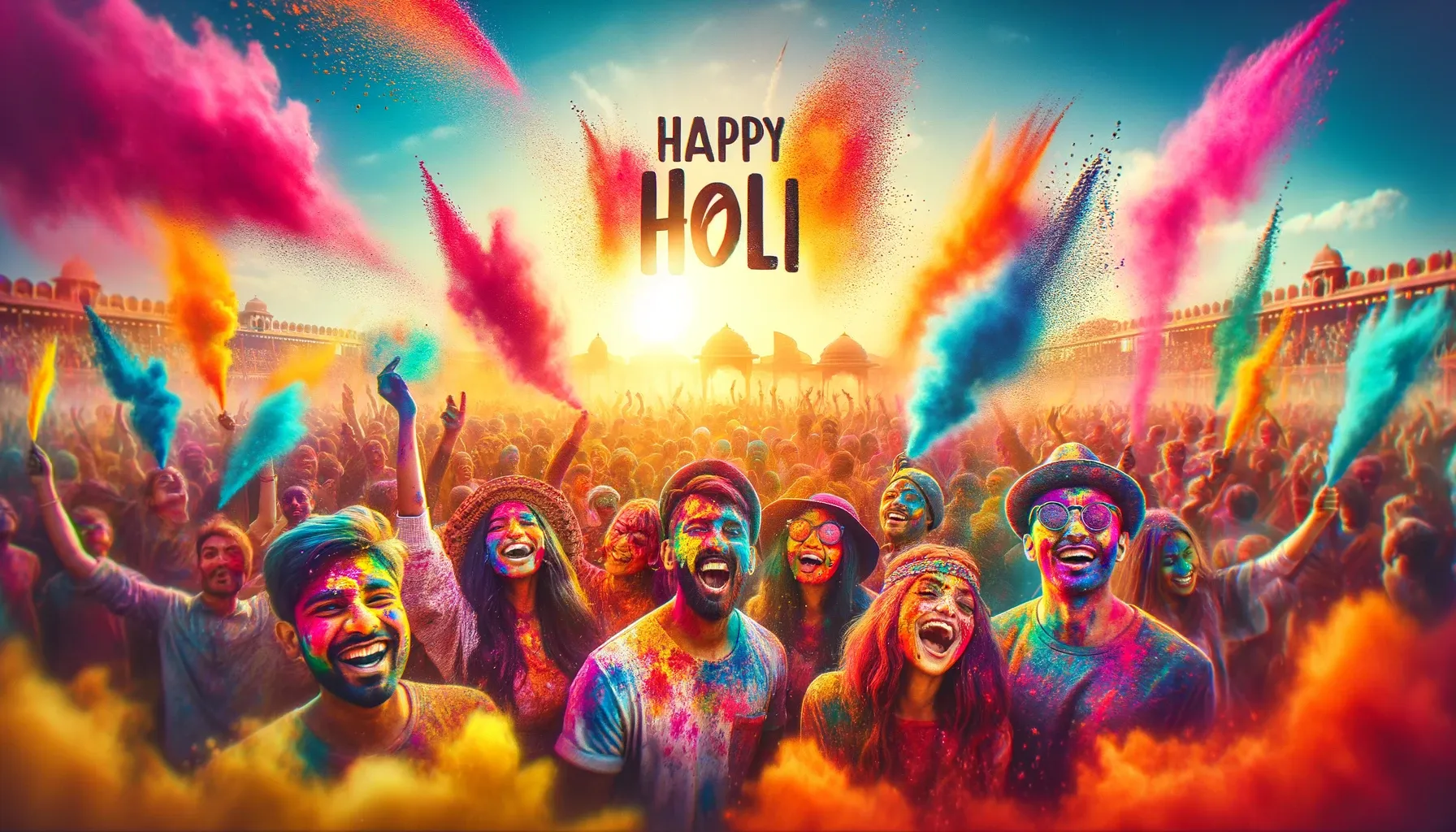Holi, known worldwide as the Festival of Colors, is a jubilant celebration that marks the arrival of spring. It's a time when the social barriers dissolve, and people come together to play, laugh, and rejoice in the beauty of vibrant colors. This article explores the essence of Holi, delving into its historical roots, cultural significance, and the myriad ways it's celebrated across the globe.
Introduction to Holi: The Festival of Colors
- Holi's origins can be traced back to ancient India, where it began as a festival to celebrate the harvest and fertility of the land. It's a testament to the triumph of good over evil, inspired by various legends and stories from Hindu mythology. Today, Holi is observed not just in India but around the world, transcending cultural and geographical boundaries to become a global phenomenon.
The Historical Roots of Holi:
- The festival is deeply embedded in Hindu mythology, with the most popular legend being that of Prince Prahlad, his devotion to Lord Vishnu, and the defeat of the demoness Holika. This story symbolizes the victory of faith and goodness over deceit and evil.
Holi Celebrations Around the World
- While Holi is synonymous with India, its celebration has spread to various parts of the world, including Nepal, the Caribbean, and North America. Each region adds its unique flavor to the festivities, yet the essence of joy and camaraderie remains the same.
The Colors of Holi and Their Meanings
- Holi is incomplete without its hallmark feature - the colors. Traditionally made from flowers and herbs, these colors had a therapeutic purpose. Today, they symbolize various aspects of life and joy, with each color holding a specific meaning.
Traditional Foods of Holi
- Food plays a central role in Holi, with the festival boasting an array of sweet and savory dishes that are eagerly anticipated. From the intoxicating bhang thandai to the delicious gujiyas, Holi treats are as colorful and varied as the festival itself.
Music and Dance: The Soul of Holi
- Music and dance elevate the spirit of Holi, with traditional folk songs and rhythmic drum beats setting the tone for a day filled with laughter and dance. Modern celebrations also incorporate contemporary music, adding a new dimension to the festivities.
Safety Measures During Holi
- While Holi is a time of uninhibited joy, it's important to celebrate responsibly. Protecting one's skin and hair from synthetic colors and ensuring the safety of participants are crucial aspects of the festival.
Holi: A Time for Forgiveness and Renewal:
- At its core, Holi is a time to let go of past grievances and embrace a future of hope and new beginnings. It's a time for forgiveness, where old conflicts are buried, and relationships are renewed.
The Impact of Holi on Art and Culture:
- Holi has inspired countless artists, writers, and filmmakers, leaving an indelible mark on Indian art and culture. It's celebrated in literature, movies, and music, reflecting its universal appeal and timeless charm.
Holi in the Digital Age: Virtual Celebrations:
- In the digital age, Holi has adapted to the times, with virtual celebrations allowing those far from home to partake in the festivities, bridging distances and bringing people closer in spirit if not in person.
Holi: The Festival of Colors:
- Holi embodies the essence of diversity and unity, demonstrating how differences can be set aside in favor of joy and togetherness. It's a vivid reminder of life's beauty, expressed through the splendor of colors.
Planning Your Holi Celebration:
- For those new to the festival or looking to host their Holi event, this section offers practical tips and advice on making the most of this vibrant celebration.
Holi and Environmental Sustainability:
- As awareness grows about the environmental impact of festivals, eco-friendly Holi practices have gained prominence, ensuring that the joy of today doesn't come at tomorrow's expense.
The Economic Aspect of Holi:
- Holi also has a significant economic dimension, with the demand for colors, sweets, and festive attire boosting local economies and supporting small businesses.
Conclusion: The Enduring Charm of Holi
- Holi's universal appeal lies in its simple message of love, unity, and renewal. It's a festival that transcends religion and culture, inviting everyone to partake in its joyful celebrations.
FAQ's:
What is the real date of Holi in 2024?
- The real date of Holi in 2024 is March 25th.
What should I do to protect my skin and hair from colors?
- Using oil on your skin and hair before playing Holi can help protect them from the harsh effects of colors.
How can I make natural Holi colors at home?
- Natural Holi colors can be made from flowers, spices, and other easily available ingredients, ensuring a safe and eco-friendly celebration.
What are some safety tips for celebrating Holi?
- Staying hydrated, using safe colors, and respecting others' boundaries are crucial for a safe Holi celebration.
Can I celebrate Holi if I'm not from India?
- Absolutely! Holi is a global festival that welcomes everyone to partake in its colorful and joyous celebrations.
Please follow us on our social site and YouTube and subscribe to our website.
Manage your business cash flows and payable/receivables using our Bahi Khata App.
